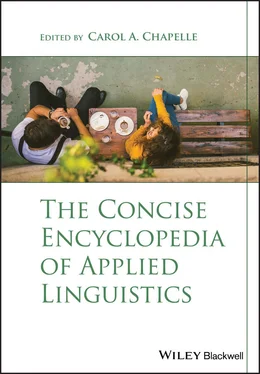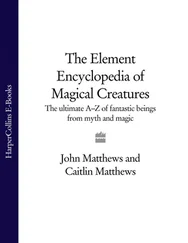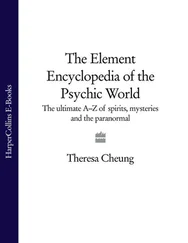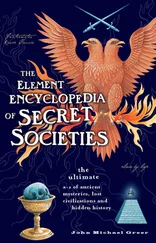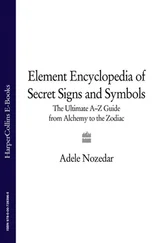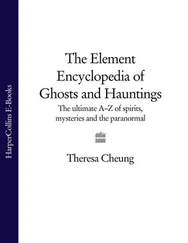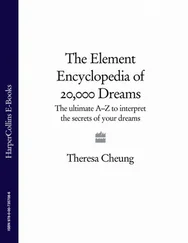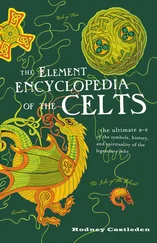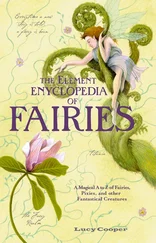We can usefully look at much of the research work done in anthropological linguistics under the banners provided by this schema of the three levels. The breadth of work in this subfield is enormous, and space will only permit the exploration of a few key illustrative areas. Perhaps the most persistently fascinating area within it has been the question of linguistic relativity, whether features of the language we speak influence our cognition. This is a question that spans levels one and three: whether deeply sedimented features of our conventional publicly shared language developed and transmitted over generations (level three) influence the way we cognize the world, make inferences, or remember information (level one). While this has been an area of vigorous speculation over the centuries, nothing amounting to serious empirical work emerged until recently, and here the focus will be on some pioneering work on the language and cognition of space. Earlier work on spatial cognition assumed it to be strongly informed by innate, presumably biologically based, universals, so that it is essentially the same in all languages and cultures. Given these universal conditions and our ecological niche as terrestrial, diurnal creatures, it is claimed that we are predisposed to conceive of space in relativistic and egocentric terms, projecting out from the anatomical patterns of our bodies. Thus, the coordinates through which spatial orientation are established are projected from ego, the deictic, central reference point for all spatial reckoning, along two horizontal axes and one vertical. The vertical one, drawn from our upright position or, perhaps, the experience of gravity establishes the UP–DOWN axis; the horizontal axes are FRONT–BACK, derived from the anatomically asymmetrical division of the body into two halves, and LEFT–RIGHT, from the symmetrical division. The location of objects in space, then, is always determined relative to the orientation of the speaker: If we are standing eye to eye across from each other, my left is your right. There are no fixed, absolute angles used in human spatial orientation.
Recent research has shown these assumptions to be unfounded. Languages (and speakers) actually differ as to whether they employ this speaker‐centered relative system of LEFT–RIGHT, FRONT–BACK, or an absolute system based on fixed parameters of geographical space like the cardinal directions or landward/seaward or upriver/downriver. Such absolute systems are in fact very common and occur in Aboriginal Australia, Oceania, and Mesoamerica. A particularly striking example is Guugu‐Yimidhirr, of northeastern Australia. This language completely lacks all spatial terms which are relative to body orientation; in particular there are no terms for locating the position of objects in space equivalent to FRONT, BACK, LEFT, RIGHT (e.g., the last two terms can only be used to refer to the left and right hands and perhaps other symmetrical body parts, like eyes, legs, etc.). Rather, the language heavily employs four words, corresponding roughly to the four cardinal directions. The astounding thing about languages like Guugu‐Yimidhirr is that these absolutely based terms are habitually used by speakers to describe location or motion. It is as if in response to the question “Where's the salt?” the response is, “It's there, to the east.” In the relativistic, egocentric spatial universe of the English speaker, this is likely to provide little enlightenment and lead to a puzzled look or worse, but this is exactly how a Guugu‐Yimidhirr speaker would respond.
Levinson (2003) is a careful, empirical study investigating the core claim of linguistic relativity with respect to Guugu‐Yimidhirr, among other languages: does the system of spatial categories in that language influence the way its speakers cognize space, as determined by tests that probe spatial reasoning and memory tasks? A number of experiments were carried out testing Dutch speakers in these tasks, who have a relative system of LEFT–RIGHT, FRONT–BACK like English with Guugu‐Yimidhirr speakers, and in each case, there were marked differences in the response of the two groups to stimuli. Such results strongly suggest differences in cognition, as measured by differences in memory and reasoning, and these are closely correlated to the different linguistic systems for talking about space in the languages of the two groups of subjects. For instance, in a simple recall experiment a table facing north was laid out with a line‐up of three toy animals, all facing one direction, say east and to the right. The subject was asked to remember it, and it was then destroyed. He was then led into another room, with a table facing south and asked to reproduce the alignment. If he does this task absolutely, he will set up the line facing east, but this time to the left. If, on the other hand, he does it relatively, the line will be set up facing right, but to the west. Results for this test were in line with predictions from the hypothesis of linguistic relativity: 9 out of 15 of Guugu‐Yimidhirr subjects preserved the absolute eastward alignment of the array, while 13 of 15 Dutch control subjects preserved the relative rightward alignment.
Ways of expressing politeness in language is another domain in which researchers in anthropological linguistics have been active. Politeness is essentially a field in which cultural ideologies about personhood and social roles (level three) are enacted in prescribed rituals and formulas of social interaction between persons (level two). The person may be “inscribed” (Gergen, 1990) in social relationships (level two), but the kind of person he or she can be is determined by macronotions of what are their proper rights and obligations and how these are articulated in the wider sociocultural sphere (level three) (Kockelman, 2013). Politeness forms in language are the recognition of differential rights and duties among the interactants in a social encounter. Typically, those of higher rank are recognized as such through the use of politeness forms by those in lower rank. Rank is mainly established by rights and duties: Those of higher rank have rights over those of lower rank, who, in turn, often have duties to those in higher rank, although in many cases higher rank can bring concomitant duties as well. Consider the elaborate ritual of greetings among the Wolof of Senegal (Irvine, 1974) and how their cultural ideology of social inequality is enacted in its performance. A clue is provided by an insightful Wolof proverb about greetings: “When two persons greet each other, one has shame, the other has glory” (Irvine, 1974, p. 175). Wolof is a stratified Muslim society, and greeting rituals are used as a way of negotiating relative social status among the interlocutors. The basic dichotomy in Wolof society is between nobles and commoners. The local ideology associates lower status with both physical activity (i.e., movement) and speech activity. Higher‐status people are associated with passivity. Because of this, it is the lower‐status person who initiates the greeting encounter, by moving toward the higher‐status person and beginning the ritual greeting. As a consequence, any two persons in a greeting encounter must place themselves in an unequal ranking and must come to some understanding of what this ranking is; the simple choice of initiating a greeting is a statement of relatively lower status. The form of a greeting encounter is highly conventionalized. It consists of salutations, questions about the other party and his household, and praising God. The more active, lower‐status person poses questions to the higher‐status one, who in a typical higher‐status, passive role simply responds, but poses none of his own. In addition to the typical speech acts performed and their roles in turn taking, the interactants are also ideally distinguished in terms of the nonsegmental phonological features of their speech. Correlated to the activity associated with lower status, the greeting initiator will speak a lot, rapidly, loudly, and with a higher pitch. The recipient of the greeting, on the other hand, being more passive and detached, will be terse, responding briefly and slowly to questions posed in a quite low‐pitched voice. The distinct linguistic practices associated with the interlocutors in a Wolof greeting encounter are linked to the kinds of persons they are. The greeting ritual both enacts the cultural ideology of inequality among persons in Wolof and reproduces it every time it is enacted. The linguistic forms used, polite or otherwise, index the kind of persons the interactants are, just as they construct and reconstruct this ideology at every mention.
Читать дальше
